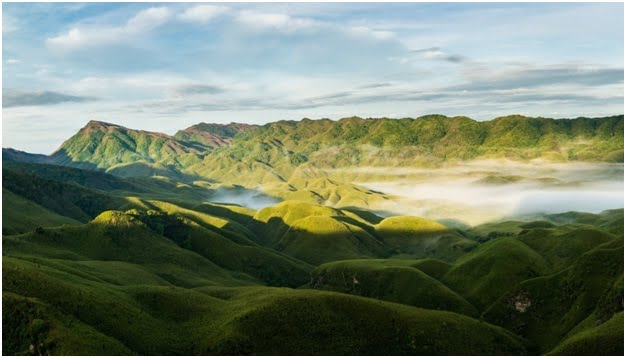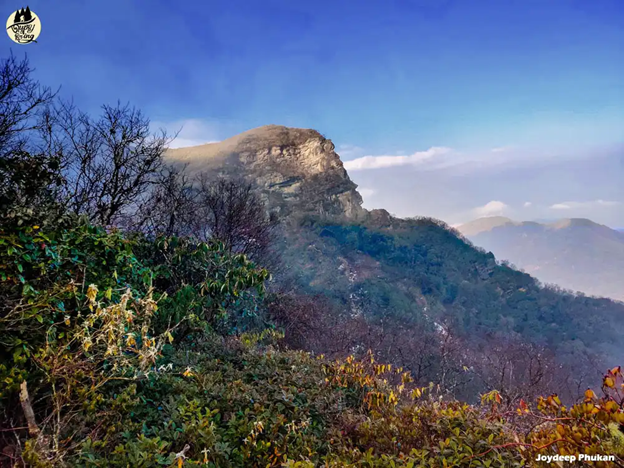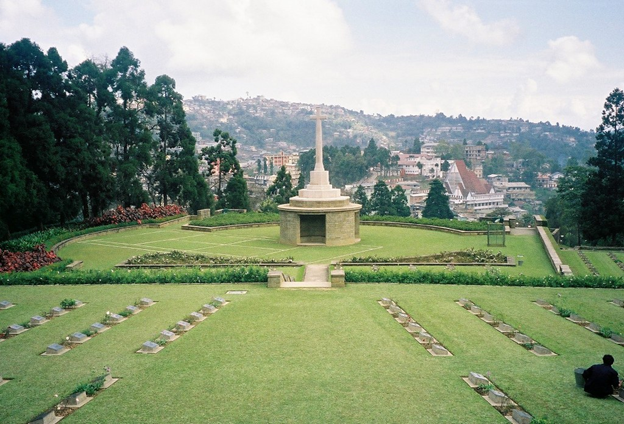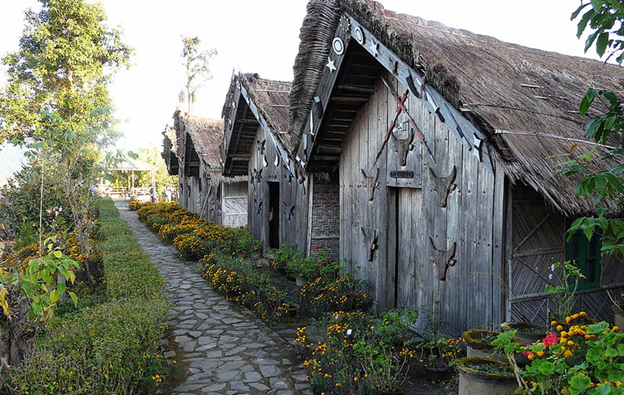For more information:
- 8732841828
- 9366357095
- raliwalicontact@gmail.com
(To call the number, please add the country code +91 before the phone number.)
Perched at over 2400m above sea level, Dzükou Valley is a must-see for wayfarers visiting or stopping by Kohima District. This valley is a treeless yet evergreen natural escape that is ornate with flowery blooms in spring and capped in pristine white snow in winter.
There’s a dormitory where you can bunk in groups or small private rooms nearby too. But we recommend pitching a tent and experiencing the valley in its true outdoor and natural glory.
Visitors must take a relatively steep and testing climb up from Viswema village or Jakhama Village (Southern part of Kohima district) before you’re rewarded with the breathtaking views of this pristine and peaceful natural valley.
For more information:
- 8732841828
- 9366357095
- raliwalicontact@gmail.com
(To call the number, please add the country code +91 before the phone number.)
Standing at 3048m above sea level, Mt. Japfü is the highest peak in Kohima District (the second highest peak in Nagaland).
The trek up this fabled peak takes you through some of the most well-preserved and natural vegetation in the region. As majestic as the peak and its top are, the journey up the mountain is itself a rewarding experience.
The twin peaks of this mountain stand tall over the southern region of the district. At this elevation, the peaks remain snow-covered for most parts of the year with exceptionally dense snow in winter.
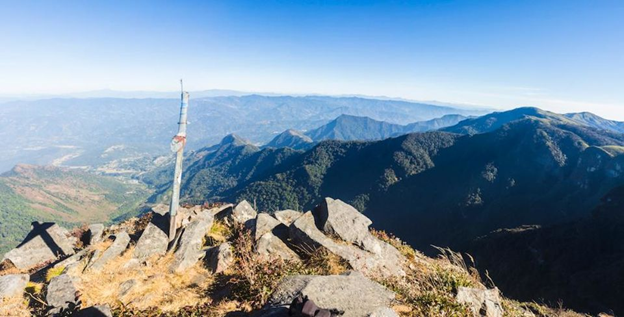
For more information:
- 8732841828
- 9366357095
- raliwalicontact@gmail.com
(To call the number, please add the country code +91 before the phone number.)
Naga Heritage Village is known locally as ‘Kisama’, an amalgamation of the two villages on whose borders the site stands – Kigwema and Phesama. The site (about 10 km from Kohima town) features carefully curated structures and mini-sites that include a WWII museum, a Bamboo heritage hall and pavilion, a horticultural encampment, amphitheaters, and a family-friendly park. Perhaps the most distinguishing feature of the site is the 17 Morungs (traditional Naga dorm/home) that represent each of the 17 major tribes in the state.
Come December, this heritage village will transform into a cultural and entertainment extravaganza when the International Hornbill Festival begins. Expect to see a host of traditional presentations, cultural acts, contemporary concerts, and dedicated shows every night during the 10-day festival.
For more information:
- 8732841828
- 9366357095
- raliwalicontact@gmail.com
(To call the number, please add the country code +91 before the phone number.)
The Kohima War Cemetery is a historical war memorial constructed and maintained in memory of soldiers from the Allied forces who held back Japanese advances in this region of the world during WWII.
The site holds over 1400 stones in memory of the soldiers (2nd British Division) who fell defending what was then called Garrison Hill. There’s also a memorial in honor of over 900 Indian soldiers who also fought in this garrison.
The entire memorial site is a sprawling area with well-manicured greenery and gardens. Visitors can skim through the memorial stones and monoliths that tell the stories of those who fought and died here.

For more information:
- 8732841828
- 9366357095
- raliwalicontact@gmail.com
(To call the number, please add the country code +91 before the phone number.)
Located in the northern end of the district, Tuophema Tourist Village is another destination worth visiting if you’re in Kohima.
This tourist village features rustic and cozy cabins that mirror the erstwhile accommodations that existed traditionally in the village. The site is atop a charming hill allowing pleasant views of the surrounding terrain and panoramic views of Tuophema village.
Try and time your visit during Sekrenyi, which is the primary traditional festival of the Angamis (the tribe that traditionally occupied Kohima). That’s when you can sample the most inviting delicacies of the region including fermented rice beer, escargots, silkworms, fish baked in bamboos, and a host of other mouth-watering local delights.



